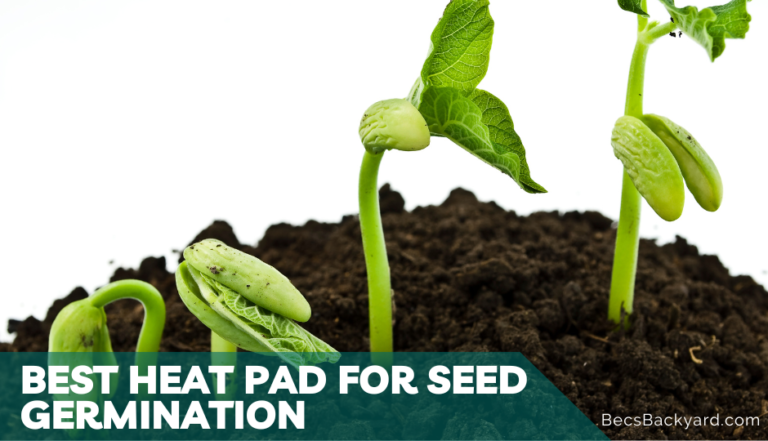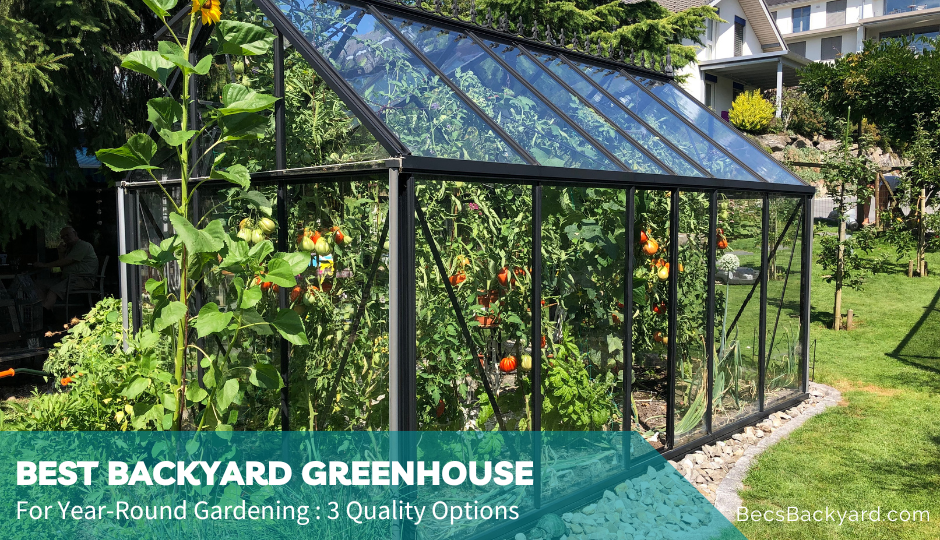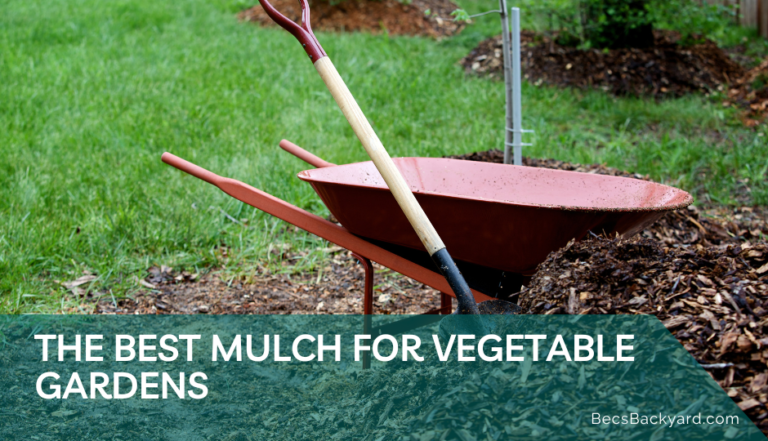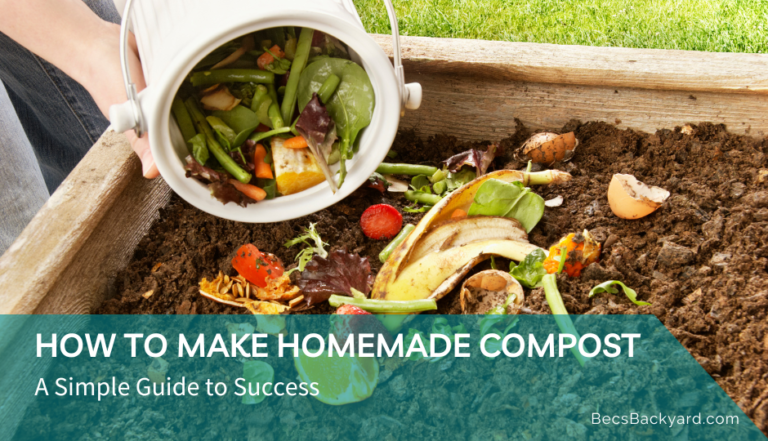How Often Do You Water Basil: Expert Tips for Optimal Growth

Stepping into the world of gardening is like embarking on a journey of discovery, where each plant has its own unique preferences and needs. Among the vibrant tapestry of herbs that grace gardens and kitchens alike, there’s one that stands out not only for its aromatic prowess but also for its versatile culinary applications – basil. “How often do you water basil?” becomes a pivotal question in the quest for its thriving growth.
A member of the mint family, basil brings a touch of Mediterranean charm to our gardens and our plates. With its lush green leaves and intoxicating fragrance, basil has found its way into countless recipes, from classic pesto to refreshing summer drinks. But as any seasoned gardener knows, unlocking the full potential of this herb requires a keen understanding of its growth requirements. In this guide, we’ll delve into the art of watering basil, addressing the vital question of frequency – a fundamental aspect of cultivating this beloved herb to ensure its optimal growth and flavor. Join us as we explore the expert tips and techniques that will empower you to nurture your basil plants into healthy, thriving specimens that consistently enhance your culinary creations
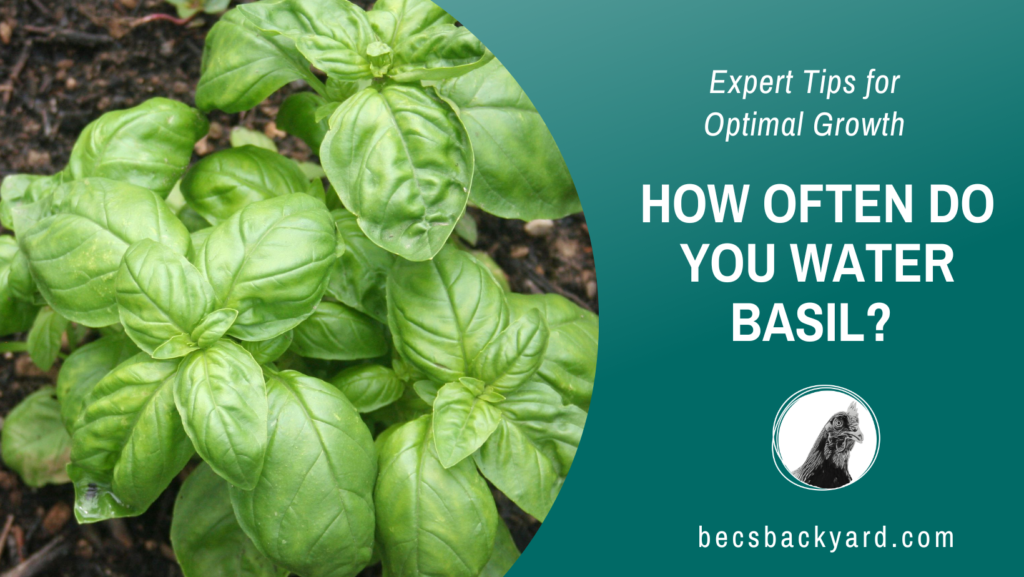
Understanding Basil’s Watering Needs : How Often Do You Water Basil?
Basil is a popular herb that is used in many dishes and is easy to grow. One of the most critical factors in growing healthy basil is understanding its watering needs. In this section, we will discuss how often to water basil, taking into account indoor and outdoor basil and how different climates affect watering frequency answering the question “How Often Do You Water Basil?”
Indoor Basil vs Outdoor Basil
Indoor basil and outdoor basil have different watering needs. When growing basil indoors, it is essential to keep the soil moist but not waterlogged. You may need to water your indoor basil more frequently than outdoor basil, as indoor environments tend to be drier. On the other hand, outdoor basil can benefit from the natural rainfall and may not need as much watering as indoor basil. However, this can vary depending on the climate and weather conditions.

Watering Basil in Different Climates
The frequency of watering basil depends on the climate and weather conditions. In hot weather, basil may need to be watered more frequently than in cooler weather. In humid climates, basil may need less watering than in dry climates. It is essential to monitor the soil moisture levels regularly and adjust the watering frequency accordingly.
Here is a table summarizing how often to water basil based on different climates:
| Climate | Watering Frequency |
|---|---|
| Hot and dry | Every 2-3 days |
| Hot and humid | Every 4-5 days |
| Cool and dry | Every 5-7 days |
| Cool and humid | Every 7-10 days |
Remember, these are general guidelines, and you should always monitor your basil’s soil moisture levels to determine when to water it. Overwatering can lead to root rot and other problems, so it is essential to strike a balance between under and overwatering.
In summary, understanding basil’s watering needs is crucial for growing healthy basil. The frequency of watering depends on whether it is grown indoors or outdoors and the climate and weather conditions. By monitoring the soil moisture levels regularly, you can ensure your basil is getting the right amount of water to thrive.
How to Water Basil
When it comes to watering basil, it’s essential to strike a balance between under-watering and over-watering. Basil plants require consistent moisture, but too much water can lead to root rot and other issues. In this section, we’ll cover the basics of watering basil, including the watering schedule and amount of water required.
Basil Watering Schedule
The watering schedule for basil depends on several factors, including the climate, soil type, and container size. As a general rule, you should water your basil every 3 to 4 days, but you should always check the soil moisture level before watering.
One way to check the soil moisture level is to stick your finger into the soil up to the second knuckle. If the soil feels dry, it’s time to water. If the soil feels moist, wait a day or two before checking again.
Amount of Water for Basil
When watering basil, it’s important to give the plant enough water without over-watering. A good rule of thumb is to water deeply, allowing the water to penetrate the soil to a depth of at least 6 inches. This encourages the roots to grow deep and strong.
The amount of water required depends on several factors, including the size of the container and the climate. In general, basil plants require about 1 inch of water per week, but this may vary depending on the conditions.
Here are a few tips for watering basil:
- Water in the morning or early evening when the temperatures are cooler to reduce evaporation.
- Avoid getting water on the leaves, as this can promote disease and fungus growth.
- Consider using a drip irrigation system to provide consistent moisture without over-watering.
By following these simple tips, you can ensure that your basil plants receive the right amount of water to thrive. Remember to check the soil moisture level regularly and adjust the watering schedule as needed.
Basil Growing Conditions
When it comes to growing basil, there are a few key factors that you need to consider in order to ensure that your plants thrive. In this section, we’ll take a look at some of the most important growing conditions for basil, including light, temperature, and soil.
Basil in Pots and Containers
If you’re growing basil in pots or containers, there are a few additional factors that you need to keep in mind. First and foremost, it’s important to choose the right type of pot for your basil plant. Terracotta, ceramic, plastic, and metal pots are all good options, but make sure that your pot has drainage holes to allow excess water to escape. You may also want to consider using a saucer or drip tray to catch any excess water.
When it comes to watering potted basil plants, you’ll need to be a bit more vigilant than you would with plants grown in the ground. Potted basil can dry out faster, so you’ll want to check the soil regularly to make sure that it’s not too dry. As a general rule of thumb, you should aim to water your potted basil every two to four days, depending on the size of the pot and the amount of sunlight it receives.
In addition to watering, it’s also important to make sure that your potted basil is getting enough light. Basil plants need plenty of sunlight in order to grow and thrive, so make sure that your pot is placed in a spot where it will receive at least six hours of full sun each day. If you’re growing basil indoors, you may need to supplement with artificial light in order to provide your plants with the light they need to thrive.
Overall, growing basil in pots and containers can be a great way to enjoy fresh herbs all year round. Just make sure that you choose the right type of pot, water your plants regularly, and provide them with plenty of light, and you should be able to enjoy a bountiful harvest of fresh basil.

Soil and Drainage for Basil
Basil plants require well-drained soil that is consistently moist but never waterlogged. The soil should be rich in organic matter and have a pH level between 6.0 and 7.0.
When planting basil, it’s essential to ensure that the soil is moist but not waterlogged. Overwatering can lead to root rot, which can kill the plant. On the other hand, if the soil is too dry, the basil plant may wilt and die.
To ensure that the soil is moist, you can use a soil moisture meter to check the moisture levels regularly. If the soil is dry, it’s time to water the plant.
Basil plants also require good drainage to prevent water from pooling around the roots. If the soil doesn’t drain well, it can lead to root rot and other fungal diseases. To improve drainage, you can add compost or garden soil to the planting area.
When planting basil in a pot, it’s essential to ensure that the container has drainage holes at the bottom. This will allow excess water to drain out of the pot, preventing waterlogging.
In summary, basil plants require well-drained soil that is consistently moist but never waterlogged. Ensure that the soil has good drainage and use a soil moisture meter to monitor the moisture levels regularly. When planting basil in a pot, ensure that the container has drainage holes at the bottom.
Signs of Overwatering and Underwatering Basil
Effects of Overwatering on Basil
Overwatering basil can lead to root rot, which is caused by the roots being constantly submerged in water. This can cause the roots to rot, leading to a lack of water uptake and nutrients for the plant. Overwatered basil may have leaves that are pale and wilted, and the roots may feel mushy and rotten when touched. The plant may also have a lack of turgor pressure, causing it to droop and sag.
Another effect of overwatering is that it can stress the plant and lead to black spots on the foliage. This can weaken the plant’s structural support and make it more susceptible to damage from wind and other environmental factors.
Effects of Underwatering on Basil
Underwatering basil can cause the plant to wilt and the leaves to turn brown. The most common signs of underwatering are dry soil, wilting leaves, and drooping and sagging stems. In this scenario, you should water your basil thoroughly. Give it at least an inch of water every week to keep it healthy and hydrated.
When underwatered, basil may also have a lack of turgor pressure, causing it to droop and sag. The plant may also have brown spots on the leaves, indicating that it is not getting enough water and nutrients to support healthy growth.
Overall, it is important to find the right balance of watering for your basil plant. Pay attention to the soil moisture and the plant’s appearance to determine whether it needs more or less water. Avoid overwatering or underwatering your basil to ensure that it grows healthy and strong.
Basil Care Tips
Basil is a popular herbaceous plant that is commonly used in the kitchen for its aroma and flavor. It is also easy to grow, making it a great addition to any herb garden. Proper care is essential to ensure that your basil plant thrives and produces healthy leaves. Here are some tips for taking care of your basil plant:
- Watering: Basil plants need to be watered regularly to maintain moisture levels in the soil. As a general rule, you should aim to water your basil plant once a week. However, the frequency of watering may vary depending on the environment and the type of soil. Basil plants grown in pots may require more frequent watering, as the soil can dry out faster. Basil the garden can be watered with drip irrigation or a garden sprinkler.
- Transpiration: Basil plants transpire, which means that they release moisture into the air. This can be beneficial in humid environments, but in dry environments, it can cause the plant to lose too much moisture. To prevent excessive transpiration, it is recommended to keep the plant in a shaded area or use a humidifier.
- Moisture retention: Basil plants require well-draining soil that retains moisture. To ensure proper moisture retention, you can add organic matter to the soil, such as compost or mulch. This will help the soil retain moisture and provide nutrients to the plant.
- Fungus: Basil plants are susceptible to fungal diseases, such as powdery mildew. To prevent fungal growth, it is important to keep the leaves dry and avoid overwatering. If you notice any signs of fungal growth, such as white powdery spots on the leaves, you can treat the plant with a fungicide.
- Pests: Basil plants can attract pests such as aphids and spider mites. To prevent pest infestations, you can use natural pest control methods, such as neem oil or insecticidal soap. It is also important to keep the plant healthy and well-maintained, as healthy plants are less susceptible to pest attacks.
By following these basil care tips, you can ensure that your basil plant thrives and produces healthy leaves. With proper care, your basil plant can be a great addition to your kitchen and herb garden.
Frequently Asked Questions
How often should I water my basil plant?
Basil plants prefer consistent moisture, so it’s important to water them regularly. Depending on the climate and growing conditions, you may need to water your basil every 1-2 days. However, make sure not to overwater the plant as this can lead to root rot.
How much water does basil need?
Basil plants need about 1 inch of water per week. This can be achieved through regular watering or by placing the pot in a tray of water so that the soil can absorb the moisture from the bottom.
Is it better to water basil from the top or bottom?
It is better to water basil from the bottom to prevent water from sitting on the leaves and causing damage or disease. You can do this by placing the pot in a tray of water and allowing the soil to absorb the moisture from the bottom.
Can basil be overwatered?
Yes, basil can be overwatered. Overwatering can lead to root rot, which can kill the plant. Make sure to allow the top layer of soil to dry out between waterings and avoid watering the plant too frequently.
How much sunlight does basil need?
Basil plants need at least 6-8 hours of sunlight per day. However, too much direct sunlight can cause the leaves to wilt and dry out. It’s important to provide some shade during the hottest parts of the day
In the world of gardening, where precision and care intertwine, mastering the art of basil cultivation is a rewarding endeavor. As we’ve uncovered in this guide, the question of ‘How often do you water basil?’ holds the key to unlocking its flourishing potential. By maintaining a delicate balance between hydration and drainage, you’ll not only witness your basil plants thrive but also infuse your dishes with the rich essence of this remarkable herb. Remember, it’s not just about the frequency of watering, but also about observing your plants, understanding their cues, and adapting your approach as needed. With the insights and expert tips provided here, you’re well-equipped to navigate the nuanced world of basil care, ensuring that each leaf you pluck carries the essence of your dedication and knowledge. So, as you embark on this journey of nurturing and growth, may your basil flourish abundantly, both in your garden and on your plate.

